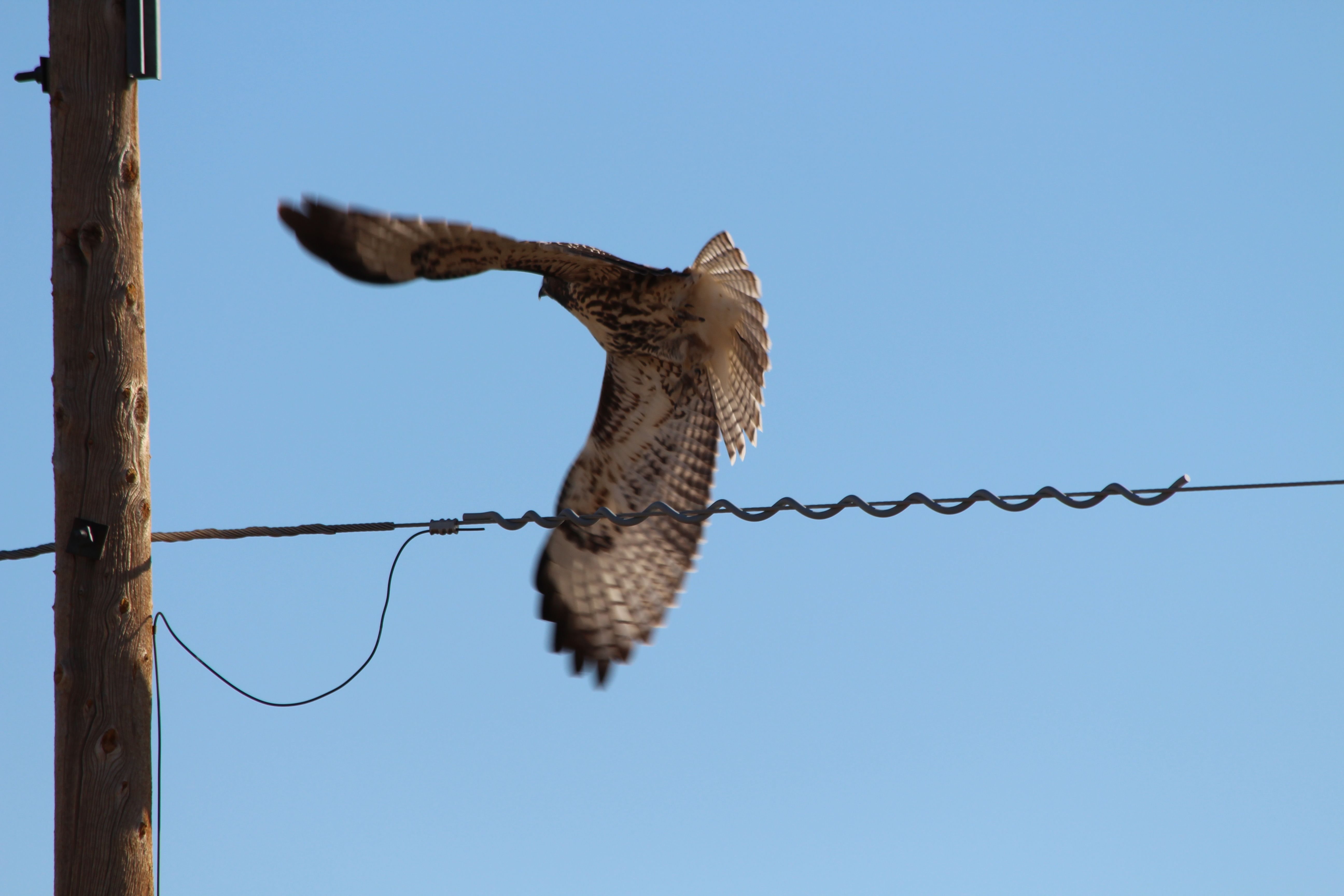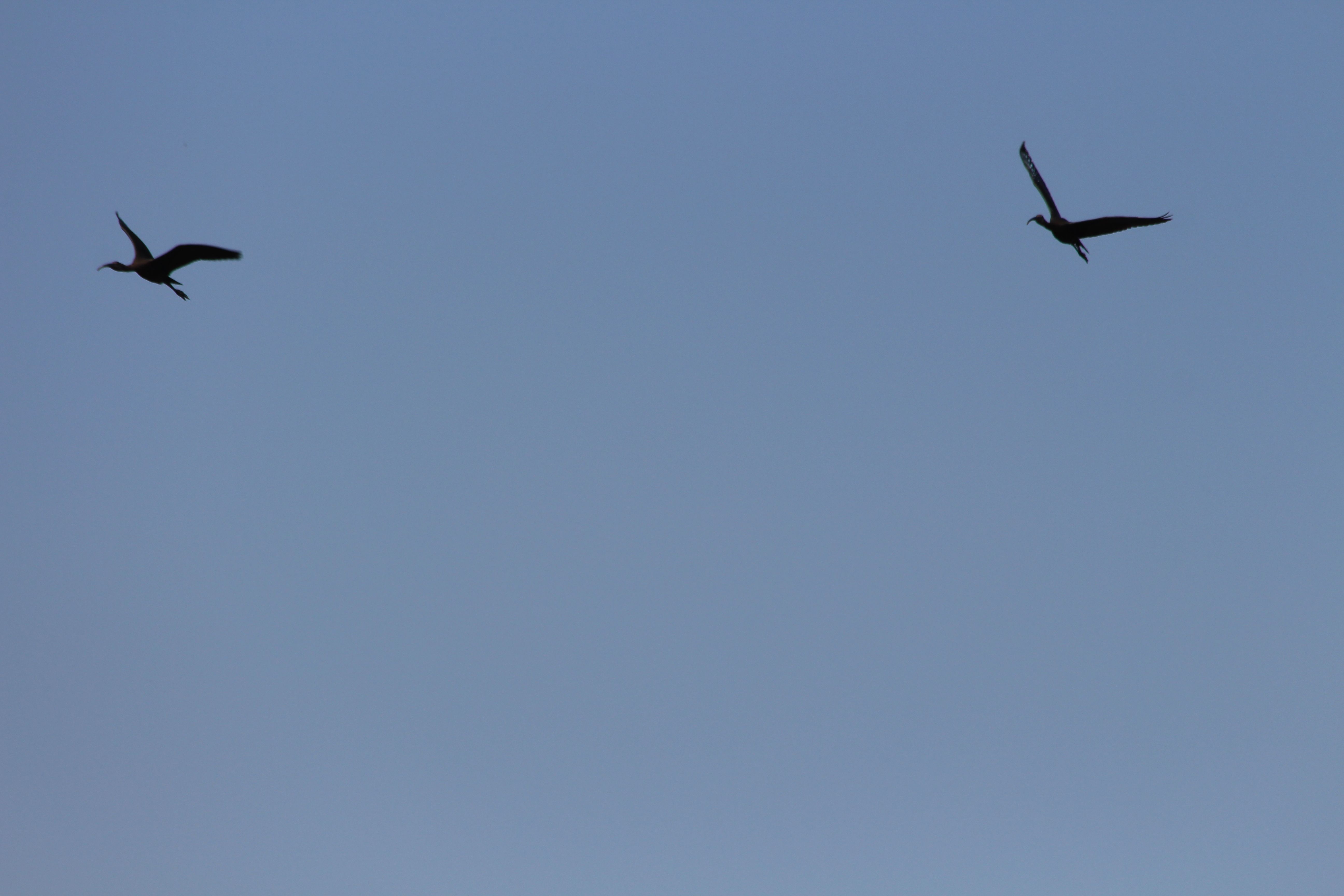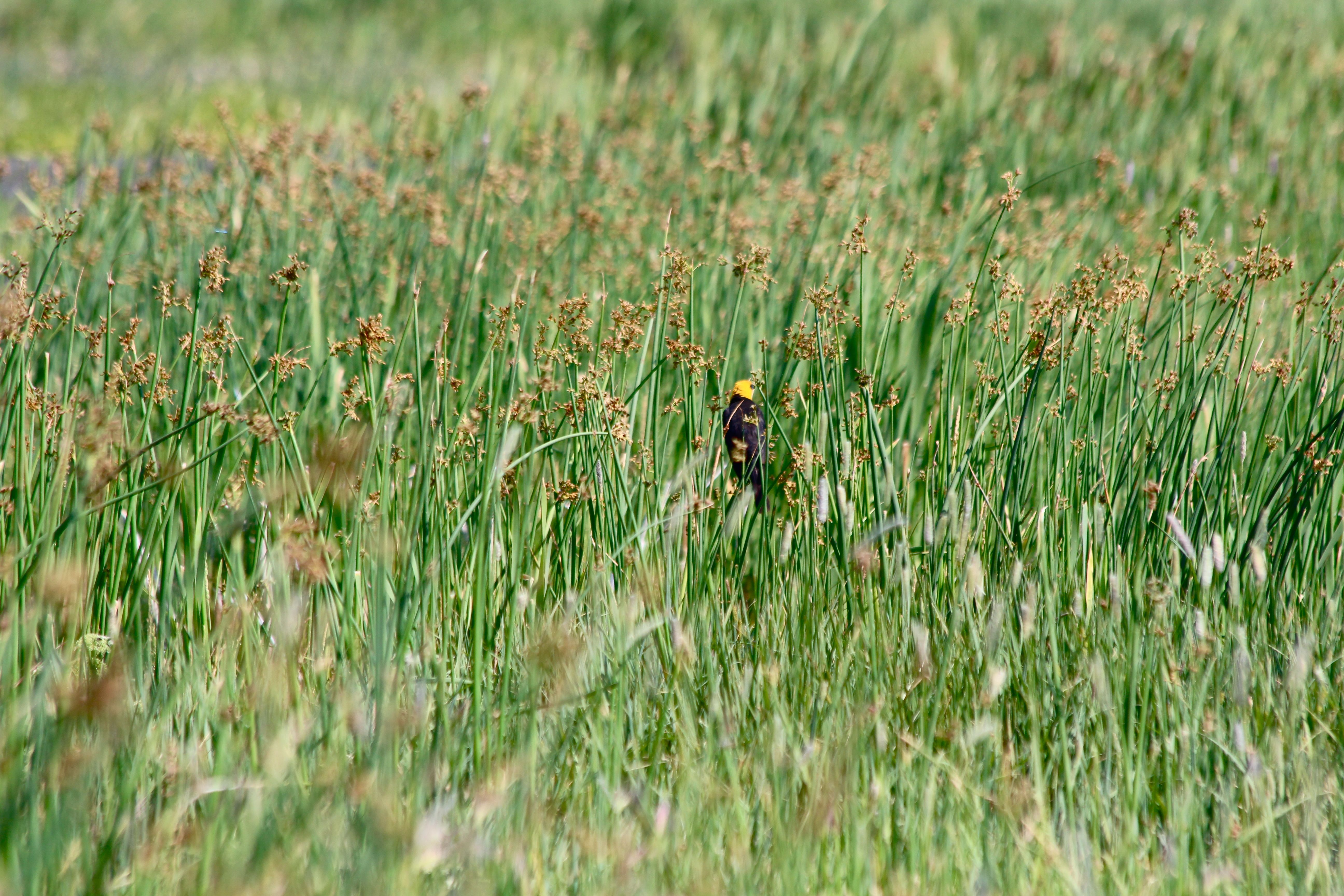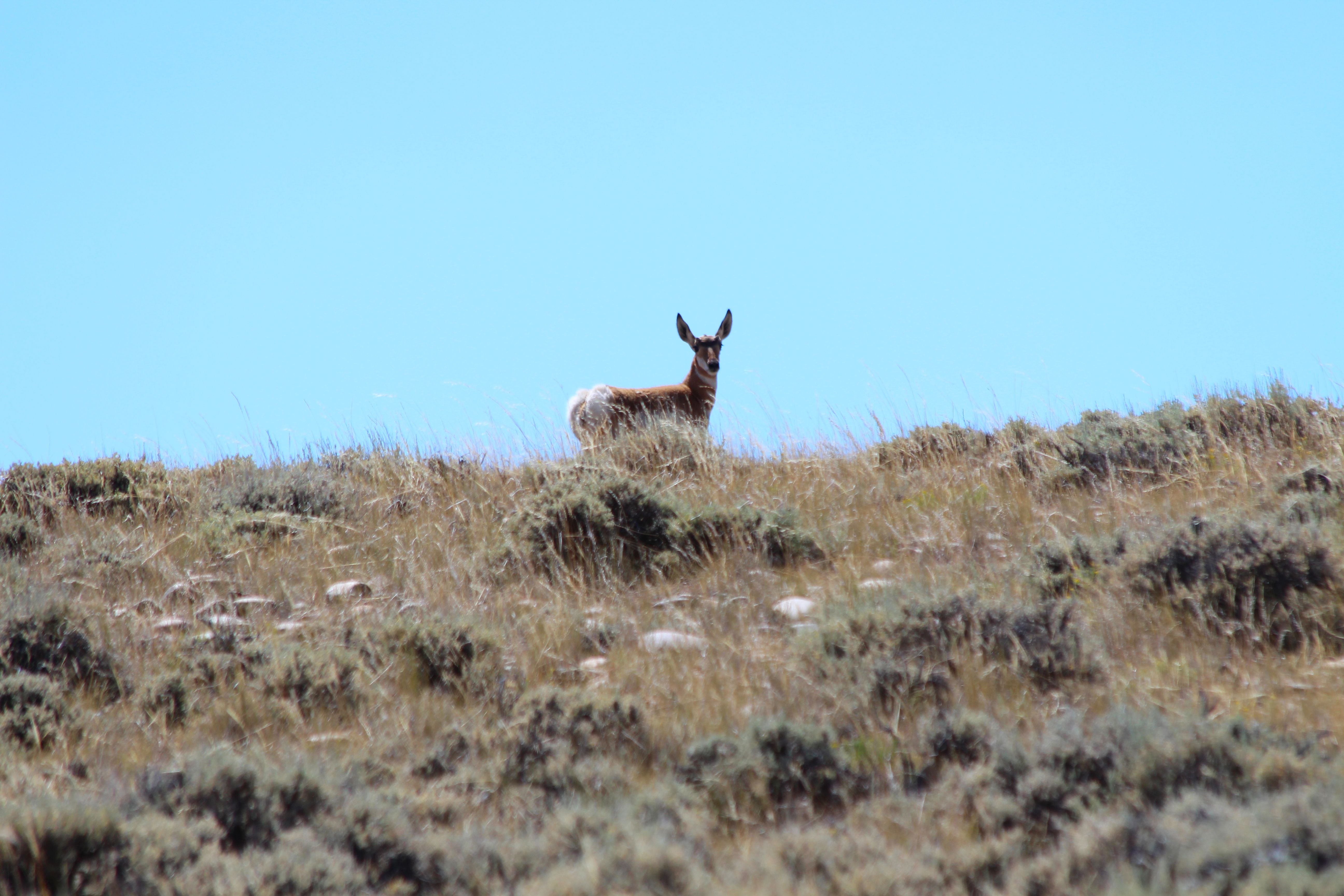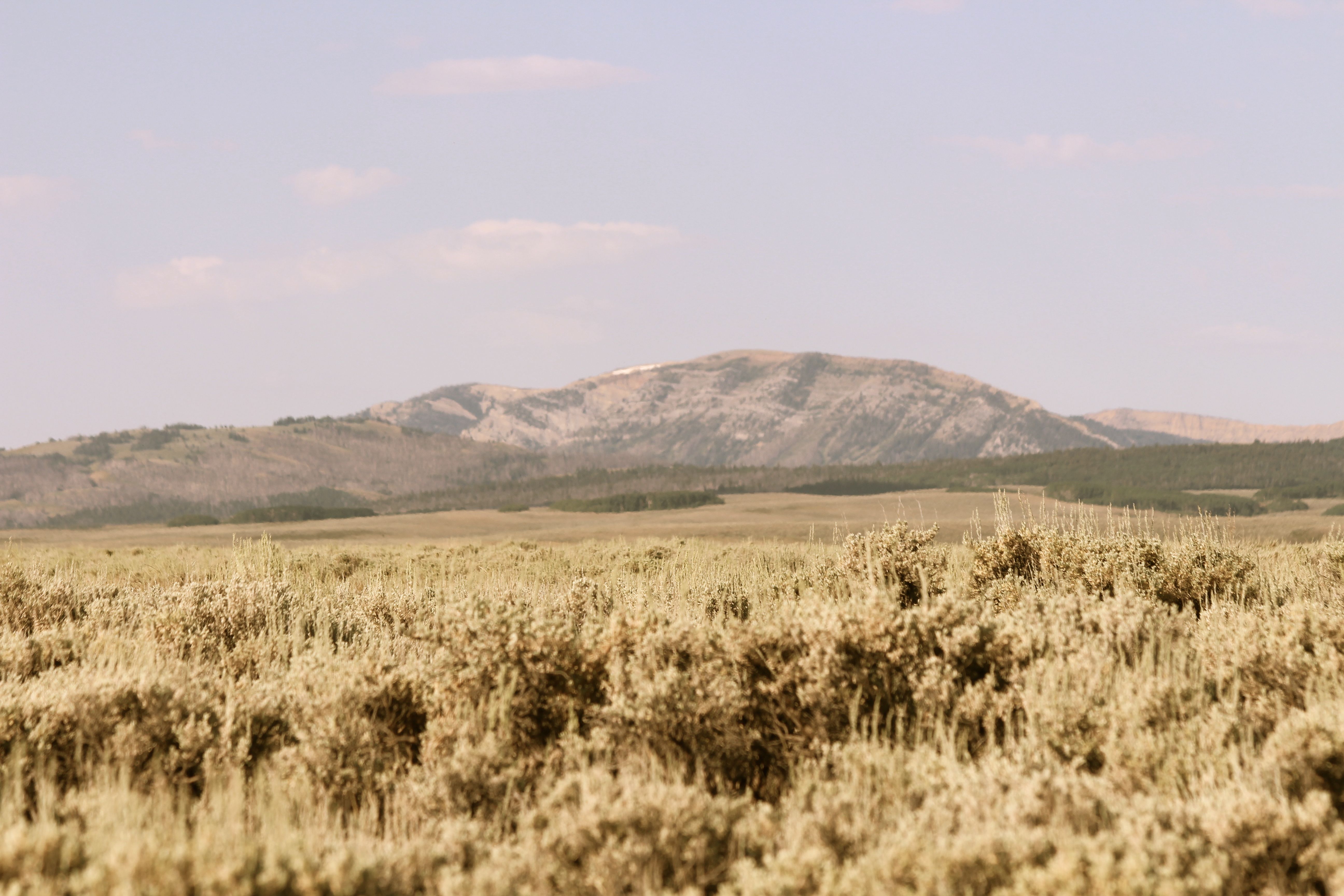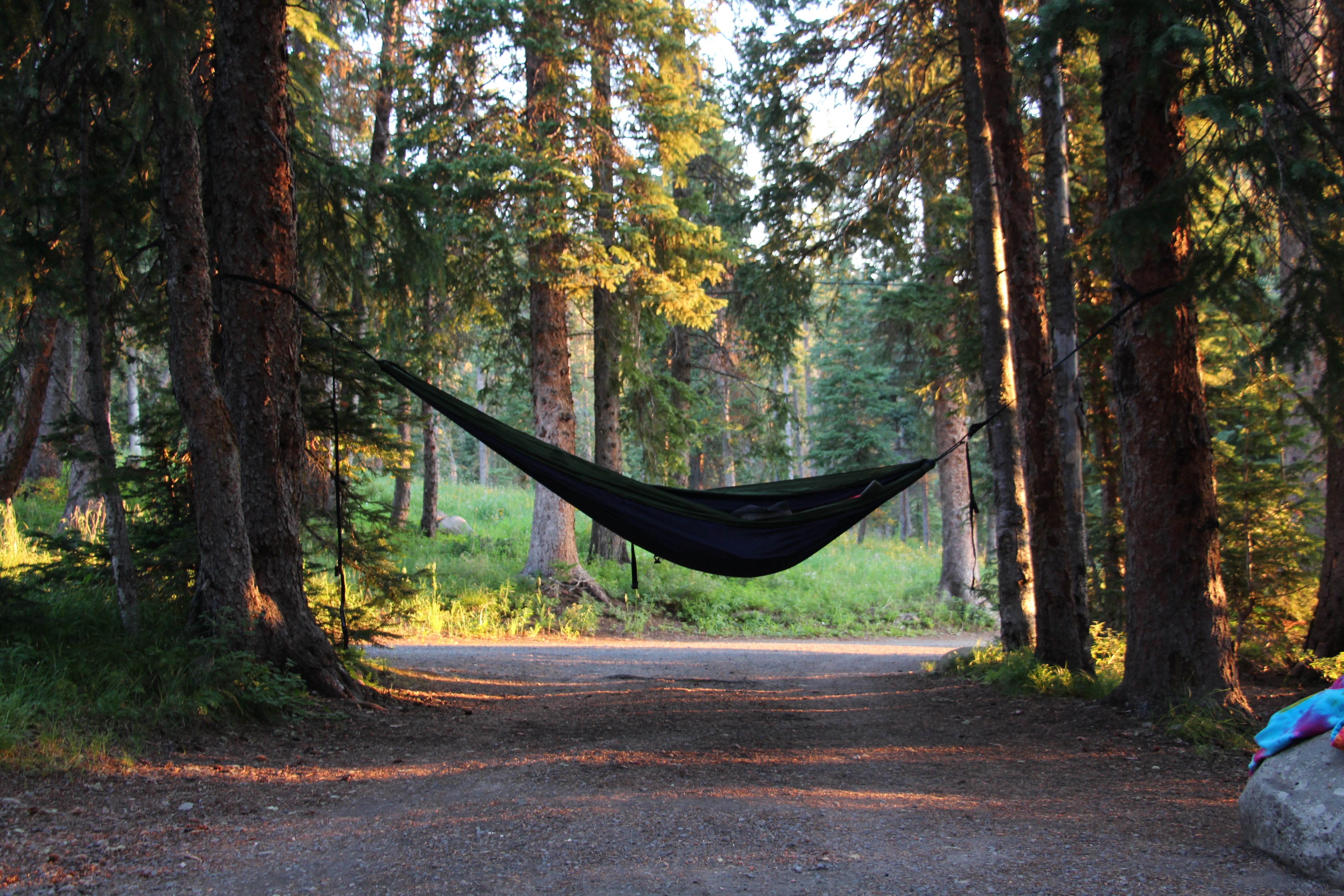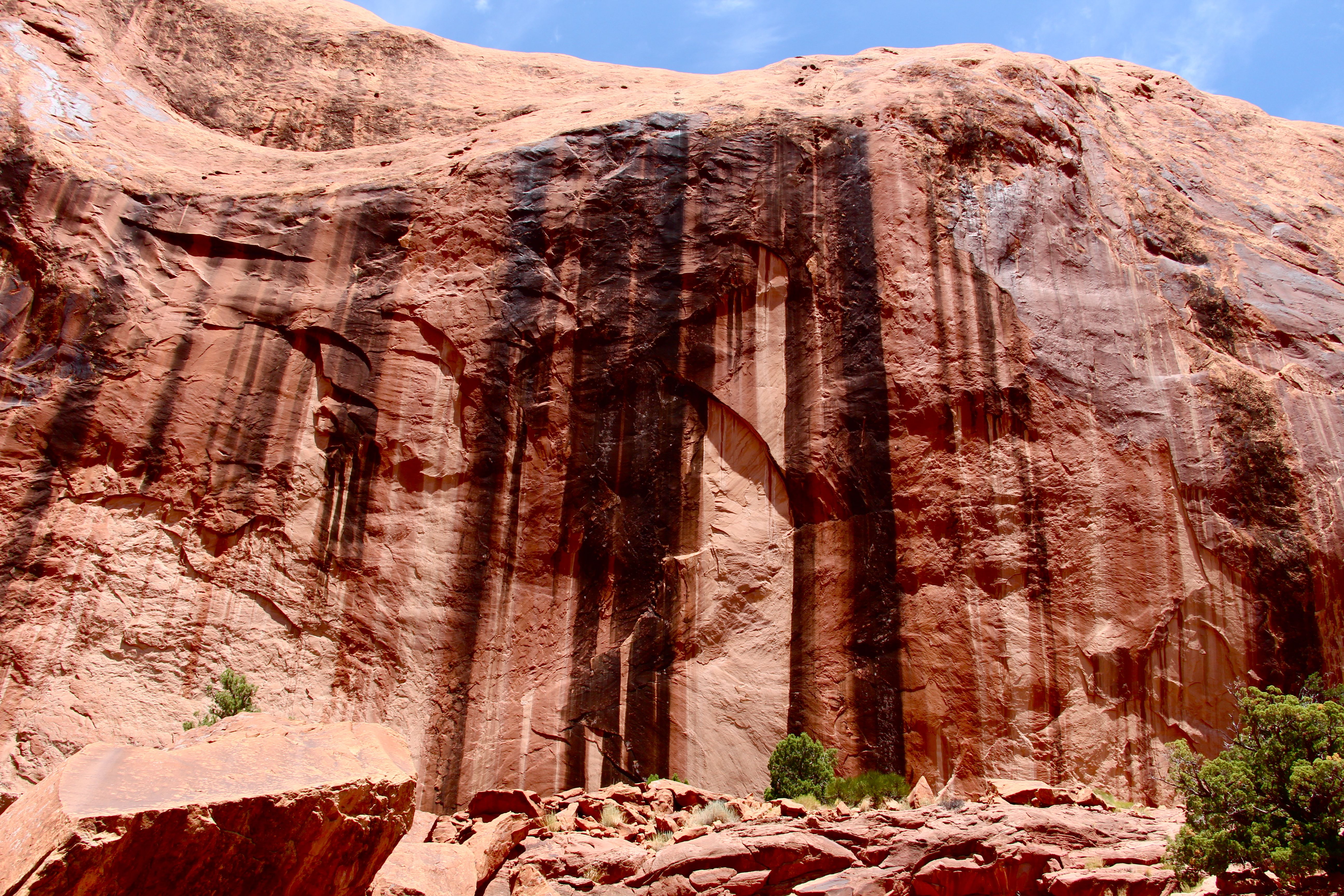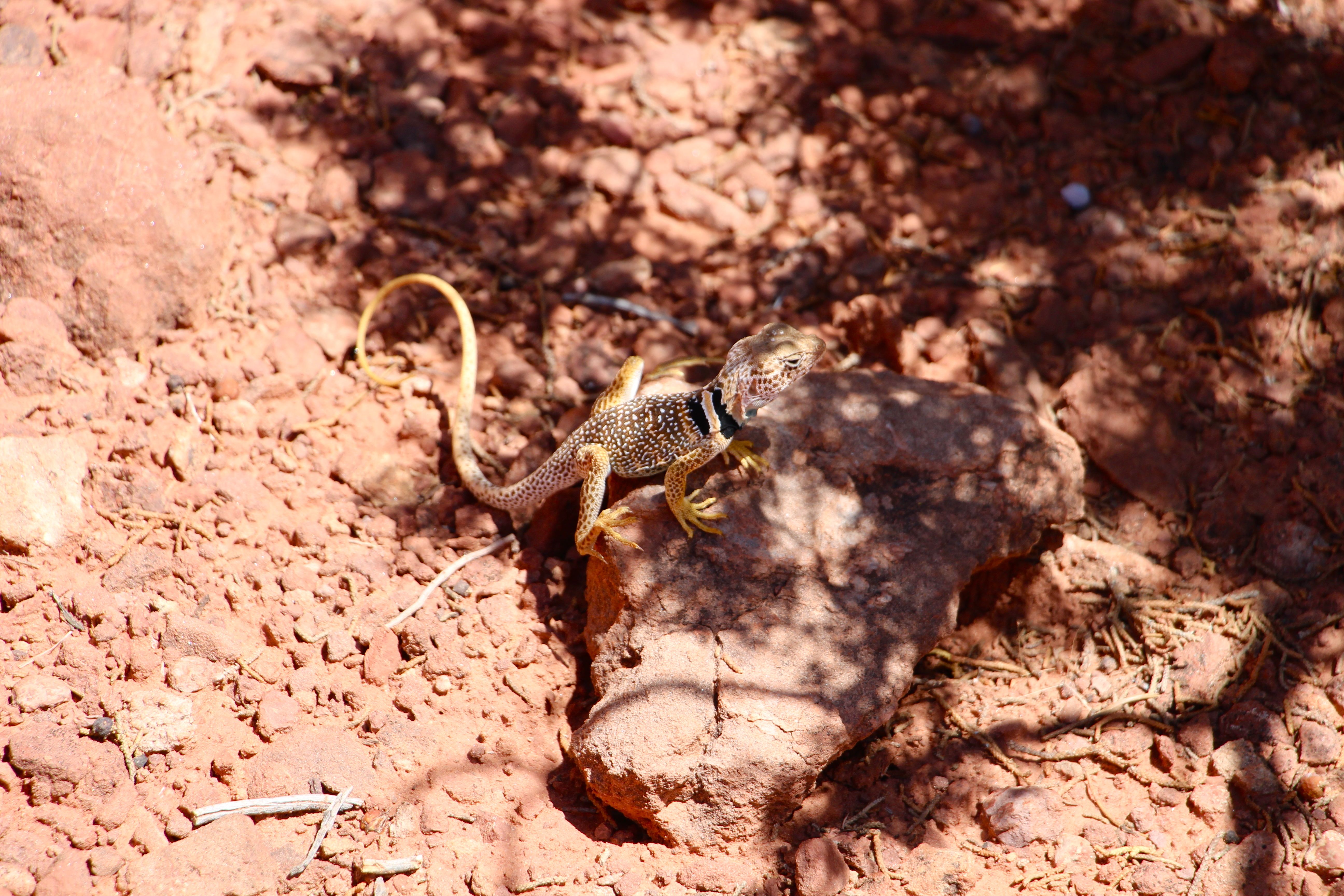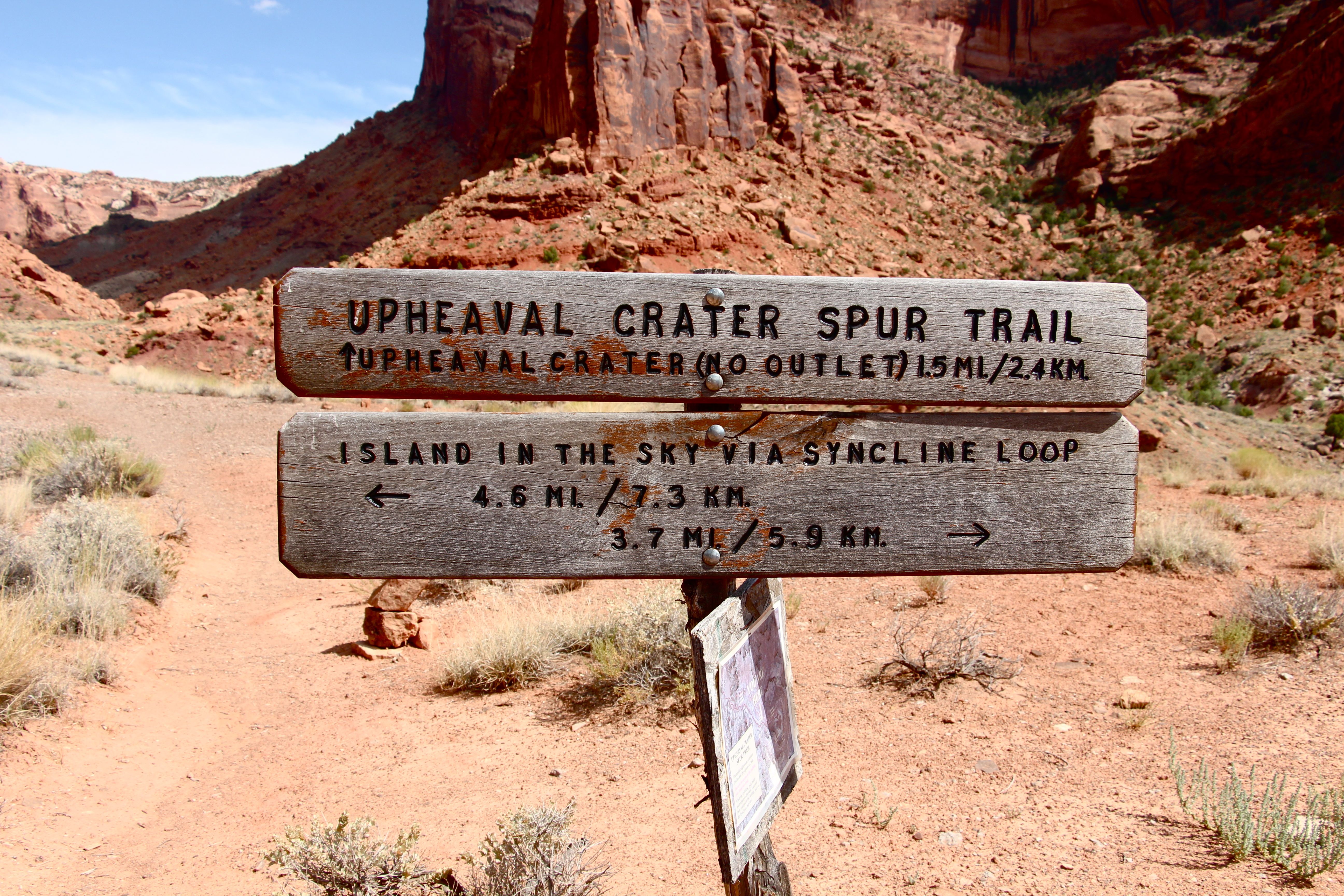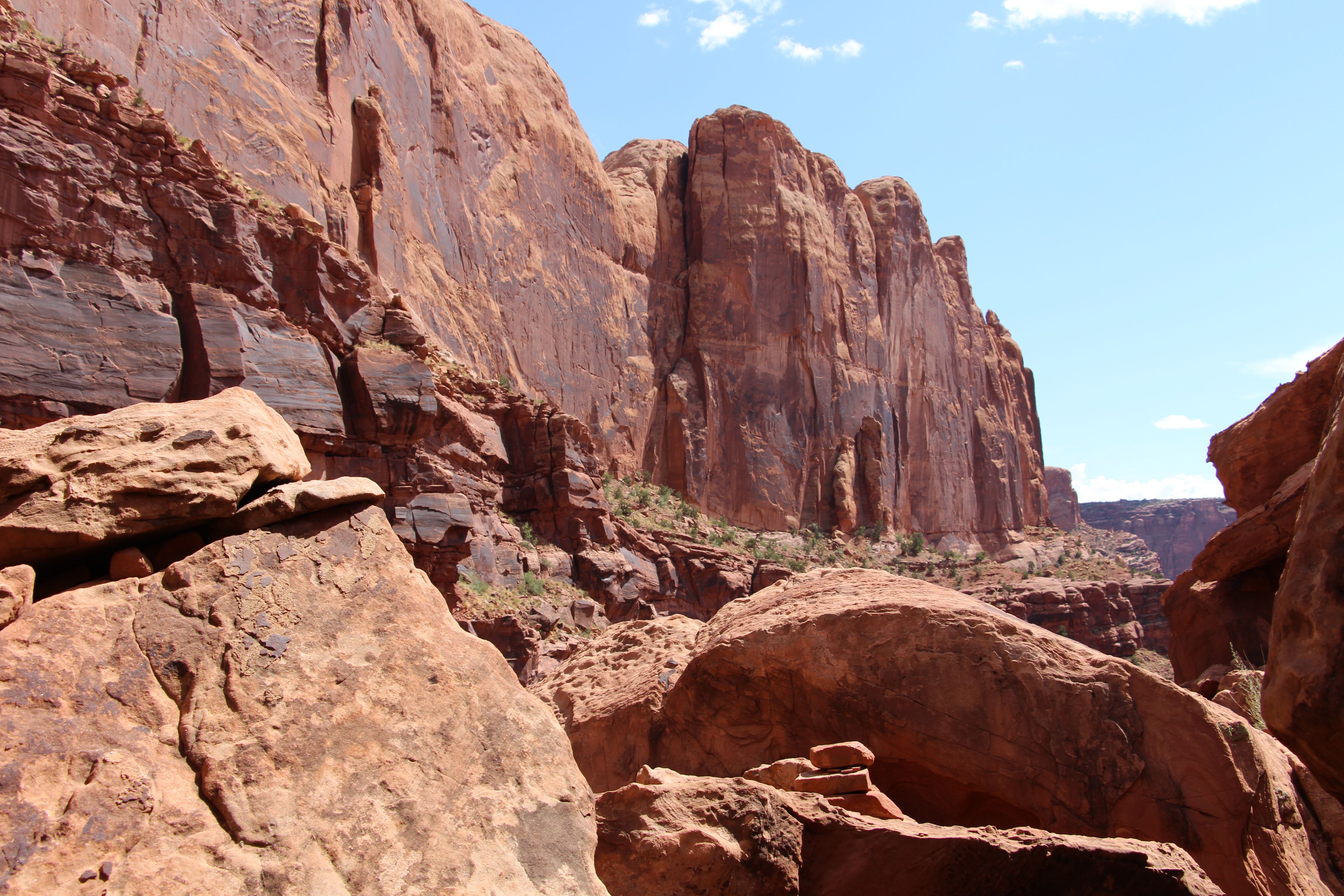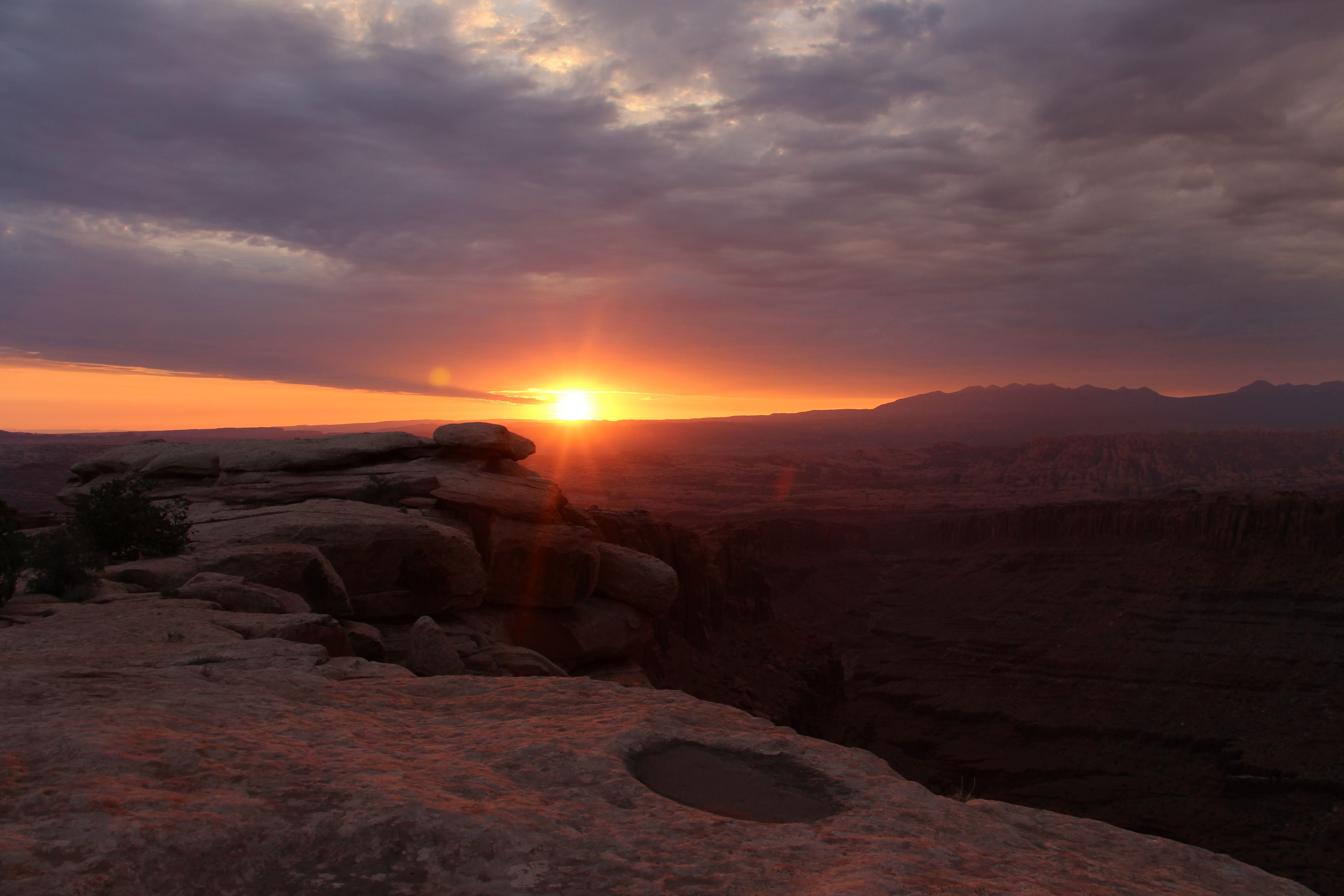I am falling more in love with this part of the country each day, and believe that anyone who enjoys the outdoors would. My appreciation for BLM/public lands continues to evolve as I discover the hidden gems of the vast landscapes. I felt this gratitude especially on our trip to Canyonlands National Park, UT (see other post). Just outside of a state park lies a chunk of BLM land. The views were breathtaking, we were the only two people within miles, and it was free. I hope that those kinds of places will continue to be untouched by development for posterity to enjoy.
We are just about finished with our amphibian habitat project and will soon be assigned to a new one — Pygmy Rabbit and Lynx Surveys are in our imminent future. I also have had the chance to work with the rangeland management team, completing utilization forms and meeting with the ranchers that are permitted cattle grazing on BLM land. These utilization forms are a way for the range specialists to see whether or not an area is being overgrazed or, over utilized. This process is coordinated with the ranchers or their contractors, and is a cooperative effort to manage the grazed land in a more sustainable way. Our rangeland technician was calling out a dozen species of grasses with ease, and I felt fortunate to have learned a few of them. Slowly but surely, the flora of the West is becoming familiar.
We have also had the opportunity to join a project that is working to identify and eradicate cheatgrass populations, an abundant invasive grass.
- Red-tailed Hawk
- Ibis
- Yellow-Headed Blackbird
- Trumpeter Swan
- Blue-Winged Teals
I am currently reading Edward Wilson’s Consilience, and want to share a few of my favorite quotes thus far, as I found them to be both insightful and relevant to the work that we do.
“The economics of sustainable yield is still a primitive art, and the psychological benefits of natural ecosystems are almost wholly unexplored”
“We must understand nature, both around us and within ourselves, in order to set humanity on the course of self-improvement.”
“A balanced perspective cannot be acquired by studying disciplines in pieces but through pursuit of the consilience among them.”
“Every college student should be able to answer the following question: What is the relation between science and the humanities, and how is it important for human welfare?”
E.O. Wilson
Val Stacey
Pinedale, WY




